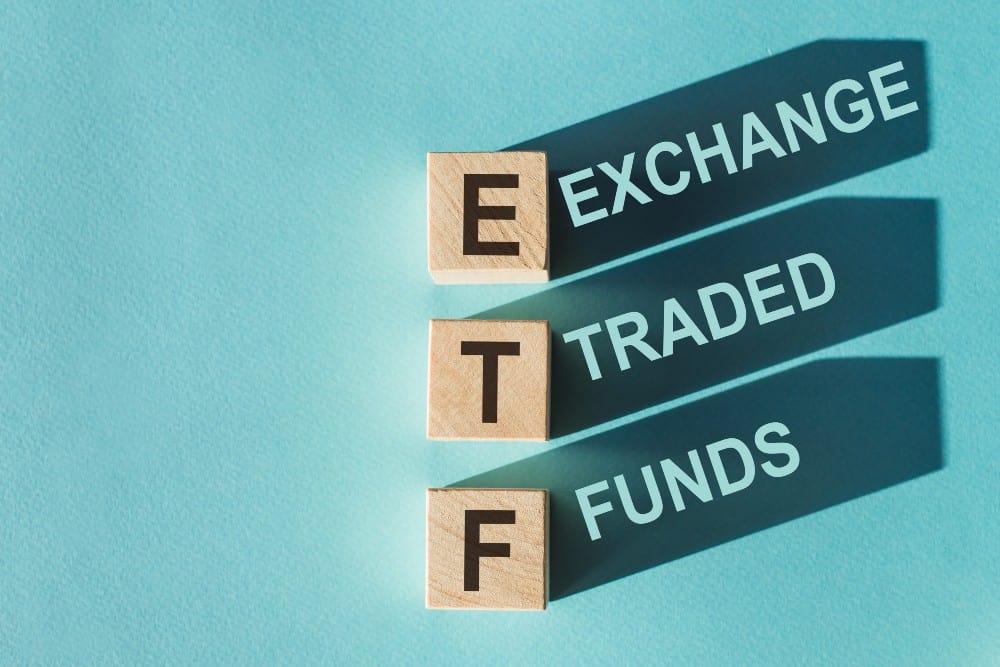I’m not a fan of stock picking. Unless you genuinely enjoy it as a hobby, it can be time consuming, complicated, and stressful. The stress of analyzing annual reports and following earnings reports can really add up over time.
Plus, there is good evidence to suggest that most stock pickers do not outperform the market consistently on a long-term basis. For this reason, I’m a big fan of “lazy” investment portfolios using exchange-traded funds (ETFs)
Why invest passively with a lazy portfolio?
For most investors, it is exceedingly difficult to consistently beat the market in the long run. Once you accept this, you can instead aim to match its returns with the least amount of effort and cost possible.
The goal here is to find the best ETFs that maximize exposure to the broad market and offers the lowest management expense ratio (MER). This helps reduce sources of risk that are controllable – under-diversification and high fees.
The Canadian two-fund portfolio
The Canadian two-fund portfolio takes literally 15 minutes to set up and another 15 minutes every year to re-balance. It costs 75% less in MER than a mutual fund from a financial advisor and will match the market return.
The Canadian two-fund portfolio consists of the following assets with varying allocations. Today, I’ll use the example of the “aggressive” 100% stock version:
- A Canadian equity ETF (20%-30%)
- An all-world excluding Canada equity ETF (70%-80%).
We want to keep the Canadian equity portion of our portfolio overweight relative to world market cap weight (3%) for several reasons. These include lower fees and taxes, reduced volatility, and lower currency risk. This is called a “home country bias” and is beneficial up to a certain percentage.
The Canadian equity portion
My pick to track the Canadian stock market would be iShares Core S&P/TSX Capped Composite Index ETF (TSX:XIC). XIC has a total of 241 holdings and puts caps on the weightings of each underlying stock. This is to prevent any individual stock from getting so large as to dominate the index.
The top 10 holdings of XIC include stocks like Shopify, Royal Bank, Toronto-Dominion Bank, Enbridge, Bank of Nova Scotia, Canadian National Railway, and Brookfield Asset Management. This makes it an accurate barometer of Canadian stock market performance.
When it comes to MER, XIC is dirt cheap at 0.06% On a $10,000 portfolio, this works out to just $6 a year, so it’s not worth fretting over even if your portfolio is very large. XIC also pays a dividend yield of 2.43%, which is respectable and should be reinvested for total returns.
The all-world ex-Canada portion
BlackRock iShares MSCI All Country World Ex Canada Index ETF (TSX:XAW) contains a total of 9,440 stocks from all market caps, split roughly between the following: U.S. markets at 62%, developed markets at 26%, and emerging markets at 12%. For a 0.22% MER, you get some fantastic diversification.
The top 10 holdings of XAW include stocks like Apple, Microsoft, Amazon, Alphabet, Tesla, NVIDIA, Berkshire Hathaway, Meta, and Taiwan Semiconductor Manufacturing. The dominance of U.S. stocks in XAW reflects the current heavy weighting toward the U.S. in the world market cap.
Because XAW contains foreign stocks, holding it incurs a 15% foreign withholding tax on the non-Canadian dividends paid out. The current dividend yield of 1.78% already reflects this deduction, so it’s not much to worry about, unless your account is large enough to worry about tax drag.
What about bonds?
Depending on your risk tolerance, investment objectives, and time horizon, you may want to consider adding a bond allocation to reduce volatility and drawdowns. The closer you get to retirement, the more harmful sequence of return risk will be. A 20%-40% bond allocation is recommended for most investors past their 40s.
Any aggregate Canadian bond ETF would work here. Once again, the goal is to keep costs low and diversification maximized. Don’t fret over whether you should buy corporate or government bonds, long or short duration bonds, investment-grade or junk bonds, etc. Buy an aggregate Canadian bond universe ETF and call it a day!








